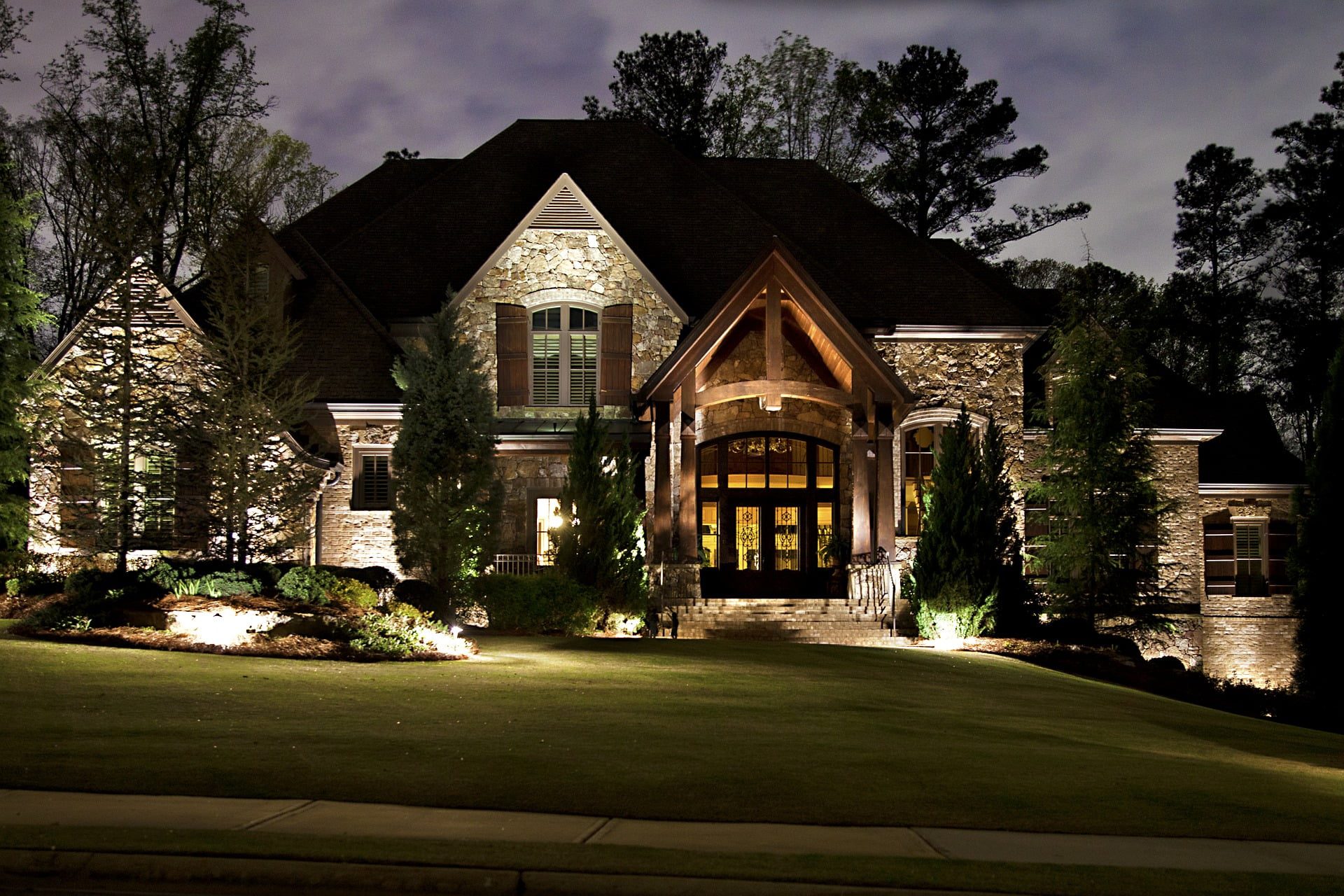Point 22
Artificial Lighting: The Ultimate Guide to Illuminating Your Home
The Right Glow for Every Room: How Quality, Placement, and Types of Artificial Lights Shape Your Living Space
Artificial lighting is often the unsung hero of home design. When done right, it not only allows us to see but also plays a vital role in how we feel in a space. Properly chosen and strategically placed lighting can highlight architectural features, draw attention to artwork, and even influence our mood. During the home evaluation, we’ll assess the current artificial lighting setup, including the types of fixtures, their locations, and the quality of light they provide. We’ll also offer recommendations on how to enhance or adjust your artificial lighting to create the desired atmosphere and functionality in each room.

Cedar Vista Homes. Custom Homes, Additions, Major Remodels.
Shedding Light on Artificial Lighting: A Comprehensive Review
Illuminate Your Home: Exploring the Role of Quality, Placement, and Type in Artificial Lighting
Artificial lighting is an indispensable part of modern living, serving both functional and aesthetic purposes. Here are key aspects to consider when evaluating artificial lighting in your home:
Types of Lighting: Ambient, Task, and Accent
Different rooms require different kinds of lighting. Ambient lighting provides general illumination, and is often achieved through overhead fixtures or ceiling fans with lights. Task lighting focuses on specific areas where activities like reading, cooking, or makeup application occur. Accent lighting, on the other hand, highlights particular features such as artwork or architectural elements.
Quality of Light: Warm vs. Cool
The color temperature of your light bulbs can dramatically affect how a room feels. Warm light (2700-3000K) creates a cozy, inviting atmosphere, ideal for living rooms and bedrooms. Cool light (3500-4100K) is more energizing, making it better suited for kitchens, bathrooms, and workspaces.
Placement and Height: Geometry of Light
Proper placement is key to effective lighting. For example, an overhead chandelier in the dining room should be positioned so that its lowest point is about 30-36 inches above the table. Wall sconces typically work best when placed 5-6 feet off the ground. In spaces like the kitchen, under-cabinet lighting can provide excellent task lighting without causing glare.
Layering: The Symphony of Light
A well-lit room often employs a combination of different light types. This layering approach allows you to control the atmosphere and functionality of the space. For example, a living room might feature ambient lighting through a ceiling fixture, task lighting from a reading lamp, and accent lighting to highlight a bookshelf.
Control Systems: Switches, Dimmers, and Smart Tech
Being able to control your lighting easily adds to your home’s functionality. Traditional on/off switches are gradually giving way to dimmers and smart lighting systems that can be controlled via your smartphone. These systems allow you to adjust lighting to different scenarios or even automate it based on your daily routines.
Energy Efficiency: LED and Beyond
With rising energy costs and growing environmental concerns, energy-efficient lighting options like LED bulbs are becoming increasingly popular. These bulbs not only last longer but also consume significantly less electricity than traditional incandescent or halogen bulbs.
Fixture Styles: Form Meets Function
The style of your light fixtures should complement the overall design theme of your home. Whether it’s modern, rustic, or something in between, the right fixtures can serve as decorative elements in addition to their practical function.
In Conclusion
Artificial lighting is more than just a functional necessity; it’s a design element that adds character and ambiance to your home. From the type of lighting to its placement and control, each aspect offers an opportunity to enhance the comfort and appeal of your space. By paying attention to these details, you can transform your home from ordinary to extraordinary, one light at a time.



